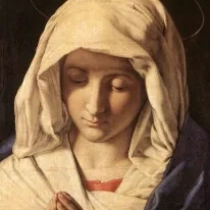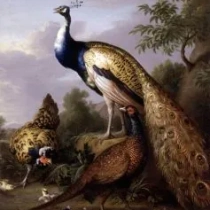St George and the Dragon
Raphael's "St. George and the Dragon" is a masterpiece that exemplifies the artist's immense talent and artistic innovation. Painted in the early 16th century, the artwork depicts the legendary narrative of Saint George, the Christian martyr and patron saint of England, valiantly slaying a ferocious dragon to rescue a princess.
The composition showcases Raphael's unparalleled ability to create dynamic and harmonious scenes. The use of bold, yet balanced, contrasts of light and shadow emphasizes the dramatic nature of the narrative, while the skillful rendering of anatomical form and movement imbues the characters with a sense of lifelikeness and energy.
Raphael's adept handling of color and texture further enriches the visual experience, creating a sense of opulence and depth within the painting. The intricacy of details, such as the armor of Saint George and the scales of the dragon, demonstrates the artist's meticulous attention to realism and symbolism.
The artwork not only serves as a visual spectacle but also conveys profound allegorical and religious significance. The theme of the triumph of good over evil is powerfully encapsulated in the heroic stance of Saint George, symbolizing courage, righteousness, and divine intervention in the face of adversity.
In "St. George and the Dragon," Raphael masterfully intertwines artistic virtuosity with timeless storytelling, leaving a lasting imprint on the canon of Western art. The painting stands as a testament to the enduring allure of myth and legend, as well as the enduring legacy of one of the greatest artists of the Italian Renaissance.







No Comments Yet...